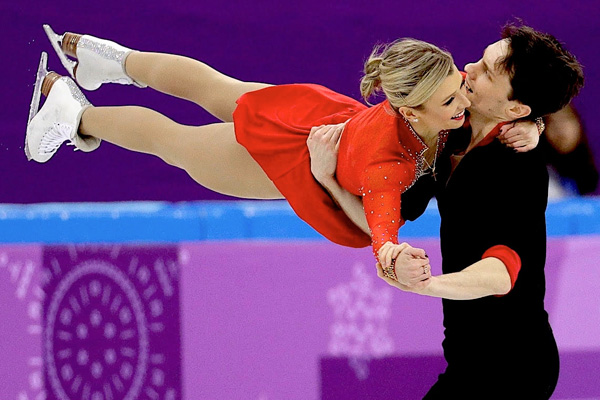The ice isn’t the only thing that’s thin –
November 9, 2020 – She believed — and quite honestly was conditioned to believe — that in order to succeed in pairs skating, she had to shrink herself down to the tiniest possible size
While figure skating culture pressures mens’ and ladies’ athletes to whittle down their weight to the bare minimum, the burden on pairs and ice dance competitors is even more extreme. These disciplines, which require the man to lift, throw and catch the lady sometimes hundreds of times per day, require both partners to be strong but completely compact. To put it another way: there’s no room for extra weight.
The constant expectation to stay stick-thin drove Moore-Towers to hate her athletic body. Her body dysmorphia became so debilitating that she hated looking at herself in the mirror, and she eventually developed bulimia nervosa.
“It’s overwhelming to think that I have to eat dinner, but I know that once I eat dinner, I need to walk to the bathroom and throw it up,” she recalled in the film. “I was only allowing myself to ‘keep’ one apple per day.”
The film cites that while 1% to 5% of the general population develops an eating disorder, some sports — and I suspect skating is one of them — see more than 30% of their elite athletes suffer from this disease. And while many people associate eating disorders with vanity and glamour, “Disorder” took care to distinguish anorexia and bulimia as mental illnesses.



